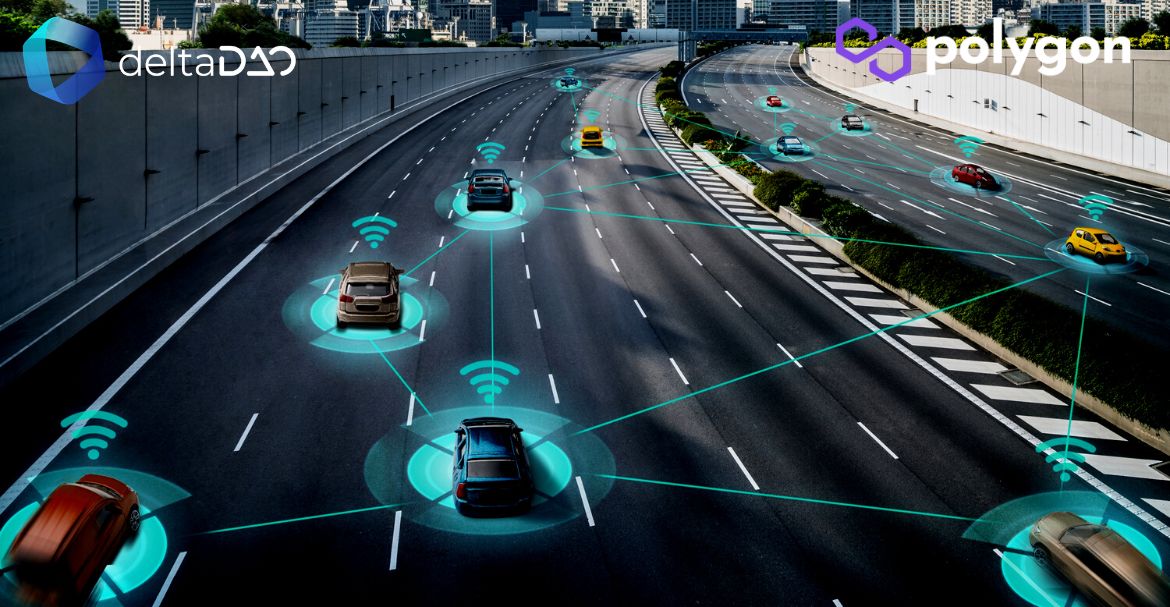Edge Computing draws data storage closer to source

Edge Computing is a newly-introduced computing model that is responsible for effectively bringing computation and data storage closer to the source of the data. Now, as part of its future ambitions, deltaDAO will position itself to take advantage of edge computing to the greatest extent possible.
This will be accomplished by the enhancement of reaction time and the conservation of bandwidth. Compute-to-Edge will become a reality as soon as they have successfully coupled the model with CtD, which will make all of this possible.
Compute-to-Edge (CtE) makes it possible to bring all connected analytics to the edge. This refers to the effective and advantageous usage of the CtE’s capabilities and features, as well as its accumulated data, which can be placed on any edge device that is monitored by, or selected by, the data’s actual owner. The end outcome of all of these elements is that there is a lower quantity of data foot-print formed. This also occurs after excluding all unnecessary replication, transportation, and storage of data.
deltaDAO presented a mobility use case for road damage detection to Pontus-X, a platform to discover, publish, and consume service offers in the Gaia-X Test Network, to make the benefits of CtE understandable and practical. Pothole locations are made available to users of a service that detects road damage using a whitelisted algorithm and a data source. One example of how Gaia-X might be used to train and monetize machine learning scripts is the identification of road damage.
In this sense, CtE pushes the trigger for enabling data utilization and monetization, hence facilitating the data’s diffusion across a wide range of businesses and sectors. They will benefit from this in terms of being able to keep more of their data under their control while spending less overall.







